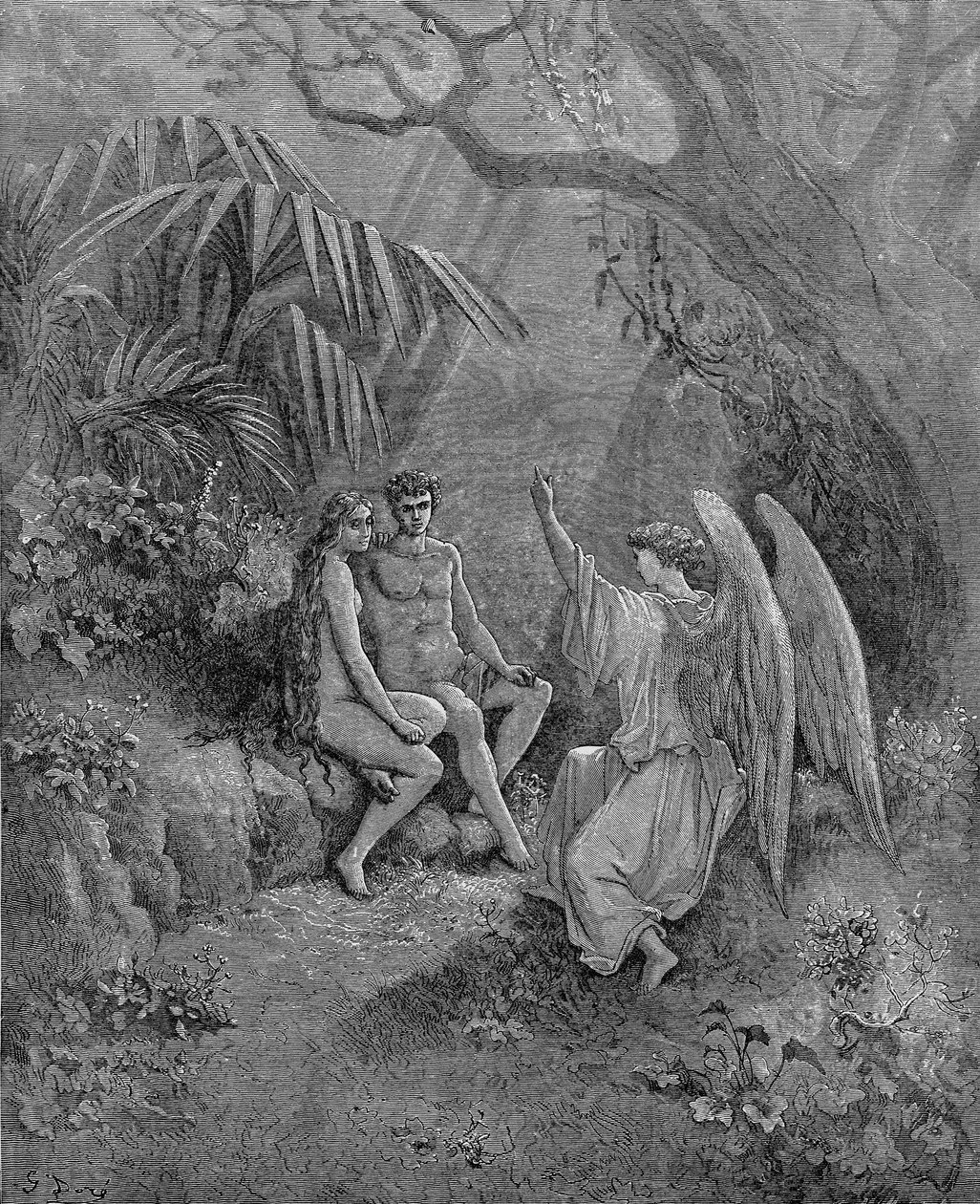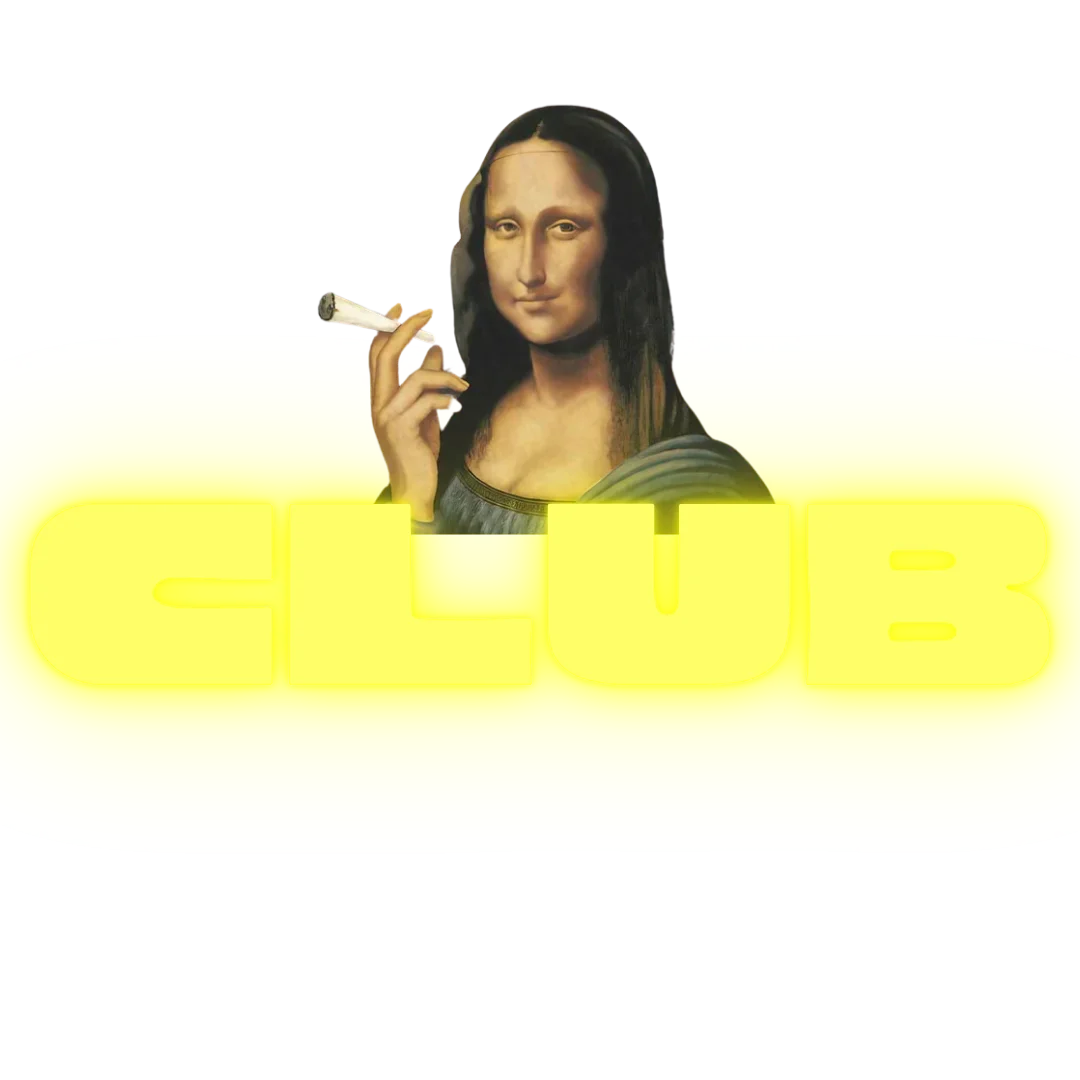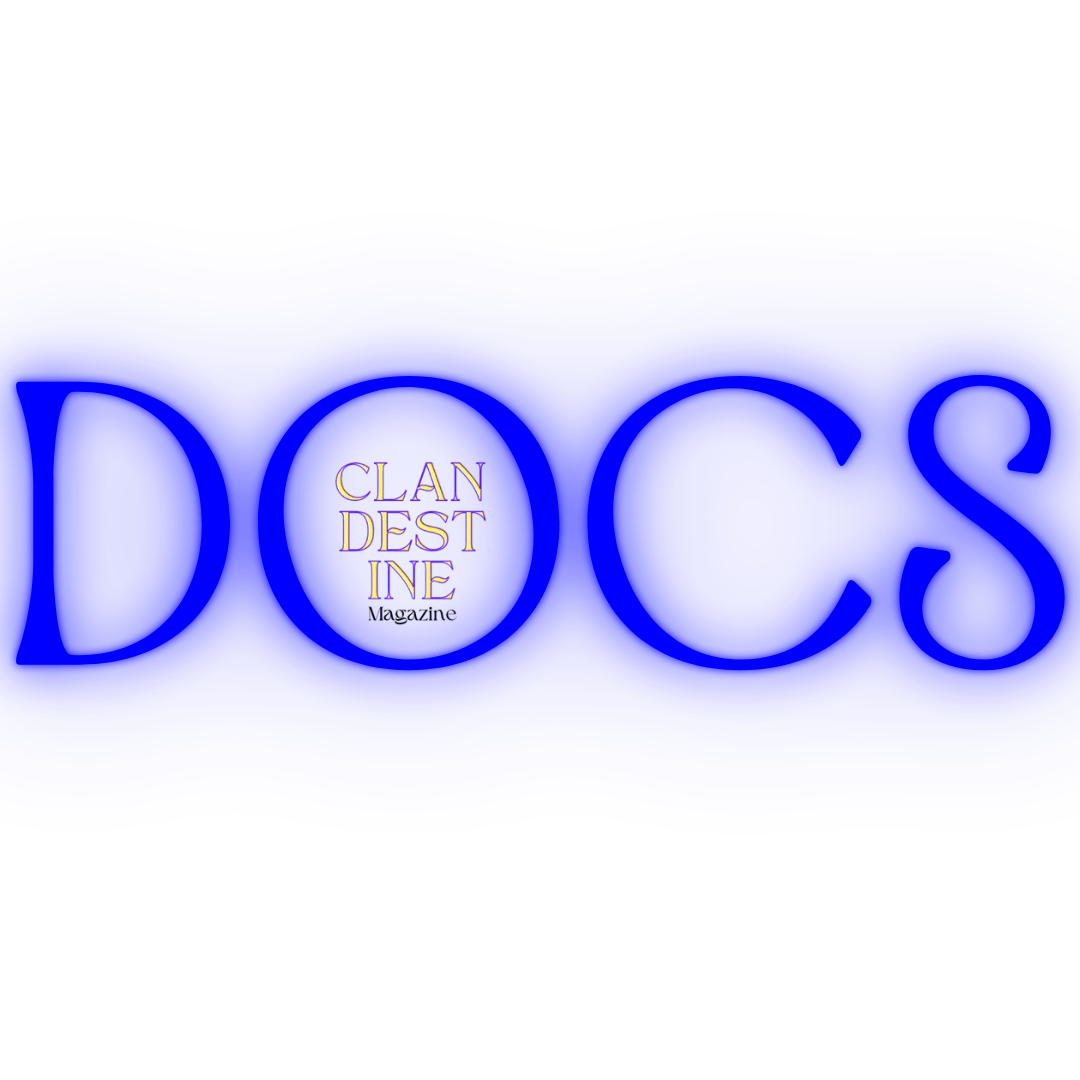Throughout Paradise Lost, the reader is made aware of Milton’s tendency to use depictions of nature as a form of commentary on
the human state, on the soul and morality of Man and also as a way to subtly shape their characters for the reader, using nature as a vehicle to explore mythical allusions and political concepts. While indeed ideas of harmony and a pastoral contentment within Eden are frequent and powerful before the fall in book IX, and in concordance, after the fall, nature suffers a decline as well as man, the suggestion that Adam and Eve were innocent and their existence with nature entirely harmonious before the fall is flawed, with the garden suggesting ideas of hierarchy and potential sin from the beginning of book IX.
The Garden of Eden as envisaged by Milton is abundant and varied, with Milton listing its features to display this multitude. He
describes flowers with heads “carnation, purple, azure or specked with gold” and “thick woven arborets and flowers embordered on each bank”. He creates an Arcadia, steeping the garden in a mythical beauty, propagated by references to the gardens of Classical legend: he compares them to “those gardens feigned… of revived Adonis, or renowned Alcinous”. Flowers and Fruit exist
simultaneously, in an eternal summer characteristic of an Ovidian paradise. The Adam and Eve of Milton are one with the garden,
with his writing blurring the distinction between Man and nature at various points. For example, the pair are described as “tending
to wild”. Now, upon first reading this simply describes the way they care for the overgrowth yet it could be read with the couple
being the subject of the verb, this ambivalence suggesting the connection between the garden and Adam and Eve. Eve is described as the “fairest unsupported flower”, far “from her prop”, the prop being Adam. In this way, Milton also uses the garden as a way to explore the dynamics between Adam and Eve, this image clearly suggesting that Eve relies upon Adam in some ways.
Given the way Milton so clearly intertwines Man with his presentation of Edenic nature, using Classical philosophy as a framework,
we can concur that Milton’s presentation of the garden in all its beauty is a comment on the inner beauty of Man, beauty meaning
all those virtues which form the Christian ideal, innocence being one. The term kaloskagathos (literally ‘beautiful and good’) was first coined in Ancient Greece to convey ideas of a beauty being projected from the soul outwards. In suggesting that if Adam and Eve are one with the garden, they share in its splendour and so in this way, the beauty of the garden it can be argued, is a direct
reflection of the souls of its inhabitants as Milton was certainly aware of his Classical forerunners. It is thus that M. W. R. Symes
argues in his “A Paradise within Thee’: The Relationship between the Garden and Man in ‘Paradise Lost”. He suggests that “for
Milton, in accordance with tradition”, the garden “acts as a microcosm and mirror… a reflection of the soul’s inner perfection”.
Indeed the the Greek tradition he speaks of present in various aspects of Milton’s description of life in Eden. The activity of
prelapsarian Adam and Eve is almost entirely pastoral, drawing on archetypes from the likes of Virgil’s Georgics or Longus’ Daphnis
and Chloe. They live a simple life tending to nature (an example of harmony) and Eve in particular wants to “earn their supper”. This
is an example of an ecological stance being taken by Milton In book IX. By paying tribute to this bucolic life of shepherds, Milton
uses a trope later adopted by Renaissance writers and soon thereafter the Romantics, to suggest his view of the ideal relationship
between Man and Nature and thus, prelapsarian Eden becomes a model for us to aim to return to, suggesting an environmentalist
subtext running throughout the poem. The archetypal pastoral lovers are honest and uncorrupted by the capitalist greed and courtly restrictions which plague the cities and thus this could also be a way for Milton to present his political ideas, being strongly opposed to the monarchy.
A significant example of harmony between man and nature in Book IX comes in the line “forth came the human pair and joined their
vocal worship to the choir of creatures wanting voice”. Where some may argue that the fact the creatures in Eden have no voice means that in this image Adam and Eve are inherently in a position of power, I think it important to consider that harmony does not mean equality but peaceful coexistence in agreement. Despite this, one could argue that the obvious signs of hierarchy within the garden are suggestive of an unspoken tension between the creatures and man in their inherent relationship which in turn disrupts any harmony. We can disassemble this by reminding ourselves that Eden is not given to Man to rule over in some monarchic fashion but as something to protect, contrary to what Satan tries to convince Eve of. While their power is thus still accepted, it becomes a tool for the peace of all creatures and thus is a means for harmony. Here, Adam and Eve in ‘union’, are balanced in their own relationship and act as voice-givers to the creatures, enabling them to worship. This unification of worship aligns the harmony itself with the relationship between Man and God. Dismissing the Renaissance fashion of thinking wilderness an opposition to divine grace, which resulted in the structured and bordered formal gardens of the era, Milton here undertakes an almost transcendentalist approach in which everything is a product of God’s will and thus he exists in every aspect of nature, tamed or otherwise. Therefore once more we see the prelapsarian harmony with nature directly suggesting the good qualities of their prelapsarian existence by the conflation of this idea with ideas of the relationship between man and God. Again, this idea is present in Virgil’s Georgics; “Nature for Virgil’s farmers and for Adam and Eve Is a gift from the gods” (Juan Christian Pellicer, “Virgil’s Georgics II in Paradise Lost)”. Their relationship with nature is a fundamental symbol of their existence as God’s subjects.
Upon Satan’s temptation, Eve’s relationship with nature is instantly fractured. She begins to worship the tree as a divine power (“O
sovereign, virtuous precious of all trees”), falling into the sin of idolatry by Satan’s hand. By plucking the fruit, she also begins to see nature as something to take from, adopting a consumerist attitude which Milton thus associates with sin, asserting his opinion on real world systems once more. Further to this, upon eating the fruit and bringing death, pain in childbirth and sin into the world, Adam and Eve seems to injure Eden and nature itself with immediate effect. A tangible pain is described vividly by Milton, one which almost places nature in the role of a mother in childbirth: “Earth trembl’d from her entrails, as again, in pangs, and Nature gave a second groan”. This maternal description parallels the punishment which Eve has brought on all women and is vivid in its presentation of pain. This in itself suggests that nature is directly linked to the state of Adam and Eve and the loss of innocence and harmony is immediately displayed. It also aligns earth with Eve in particular, as the first woman. Although feminine portrayals of earth, Gaia, were commonplace when Milton was writing, it raises ideas of earth as a life-giver and provider of nutrients like a mother and so once more returns to this idea of a mistreatment of Earth meaning we lack fundamental care for our own race in a continuation of Milton’s ecocritical tone.
Despite the above arguments, I would argue that while seeming harmonious on the surface, upon closer analysis, ideas of potential
sin have permeated the existence of Adam and Eve in the garden from the onset of Book IX. It is important to define what innocence actually means. From the Latin ‘nocere’, ‘to harm’, innocence means an inability to injure or do wrong yet has come in a modern sense to suggest unawareness or vacuity. From descriptions of “shady rivulets” to the idea of Eve being likened to Circe, I would argue that Milton uses the garden in a way which foreshadows the fall and consistently conveys a potential for harm, notably in the figure of Eve. Particularly associated with Eve are images of concealment; she is described as “veiled” in a perfume and surrounded by a rose bush so “thick” as to almost absorb or hide her. Though in this case the concealment could be taken as the garden acting protectively, as it is from Satan’s gaze that the roses, separate her, the idea of secrecy is opposed to Christian ideals which are meant solely to characterise the prelapsarian garden and its inhabitants. The reference to Circe (“every beast, more duteous at her call, than at Circean call the herd disguised”) aligns Eve with the archetypal ‘kalov kakov’ (kalon kakon’, the ‘beautiful evil’), a figure like Pandora or Helen of Troy, a sorceress or temptress, responsible for great destruction. In this way, we see subtle allusions to the idea of Eve being, like Satan, sinisterly alluring, promiscuous and at fault for the fall by way of the description of her command over the creatures in the garden. Used as a justification for misogyny in various biblical texts, this idea provides an alternate reading for the presentation of Eve as beautiful in her association with the garden. It suggests that the garden did not ever display Eve as innocent but as a figure who abused her appearance and Adam’s love for her, to bring about the fall of humankind. Thus, nature it could be argued does not ever suggest Eve’s innocence. After all, Milton writes that Adam fell into sin “fondly overcame with female charm”, ‘charm’ again having connotations of sorcery or some deceptive device.
While overall I would not credit it with more significance than the role of nature, the language and verbal register of Adam and Eve is
reflective of their state as humans, their innocence or lack thereof. In the change to the way they address each other, the tone in which they speak (which the narrator makes us aware of with adverbs) and also in the language they use itself, their descent into sin and loss of innocence is made apparent and striking. The couple begin addressing each other by their names alone in a simple and intimate manner. As Eve begins to long for more time apart in their labours, their titles are introduced, and in this, we are reminded of Milton’s disdain for hierarchical systems and the injustice which comes with this. “Daughter of God and Man, immortal Eve”, Adam precedes his speech with. Eve replies without an address upon her next speech as she asserts her wish once more and then “from her husband’s hand her hand withdrew”. In this way, the early tensions which build up to the fall are displayed. As they interact with Satan, we see his rhetorics seep into their speech. An obvious example of this is how Satan and then Eve addresses the tree in the idolatrous fashion I mentioned previously. Satan says “oh Sacred, wise and wisdom-giving plant” and Eve then proceeds to address it: “O sovereign, virtuous precious of all trees”. Not only does she adopt his ideas here, but Eve completely parallels his triad of adjectives, displaying the infectious quality of Satan’s rhetoric. Satan is often associated with language of the stage, of performance. For example, he is likened to “some orator renowned in Athens or free Rome”. Eve echoes this when she queries “But to Adam in what sort shall I appear?”, suggesting the idea of their marriage no longer being honest and open and her putting on an act instead. Furthermore, Adam after discovering Eve’s fall begins to talk about fate, a pagan idea. Their ‘marriage’ after the fall becomes plagued with ‘carnality’ and base desire, sexual intercourse lacking satisfaction and they for the first time, argue. To disagree, as they did prior to the fall for example when Eve wants to spend some time apart from Adam, is not wrong. Yet at the end of book IX, Adam’s speech is prefaced by “first incensed”, incensed having connotations of fire (from Latin ‘incendere’ to burn, set fire to) and therefore ideas of hell, sinful lust and a destructive force are conjured.. ‘First’, here, could either refer to the fact that he becomes enflamed with anger before Eve retaliates, or that it is the first time either of them have become angry. Both readings serve to highlight the ramifications of what the pair has done not only to themselves but to human existence.
Overall, Milton’s use of the relationship between Adam and Eve and nature to define their state is unrivalled by any other mode in its
ability to differentiate between the pre and postlapsarian humans, however the verbal register of the couple provides a similar
commentary, though not as thoroughly. Through the depiction of nature, Milton reminds us that the prelapsarian state is complex,
inviting the reader to question whether the titular statement holds any truth.





















